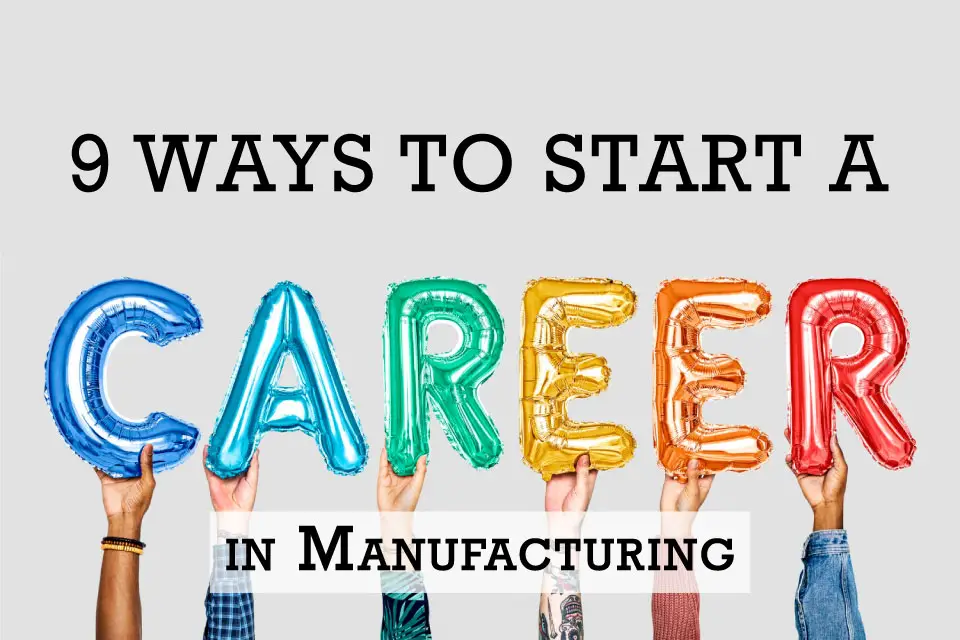Impact of Baby Boomer Retirement on Manufacturing
The manufacturing sector is currently witnessing a significant demographic shift, as a substantial portion of the baby boomer generation steps into retirement. The impact of baby boomer retirement on manufacturing is not just a numerical concern; it marks a critical transition period that could reshape the landscape of manufacturing employment and expertise. Baby boomers, born between 1946 and 1964, have long been the backbone of this sector, bringing to the table decades of invaluable experience, skills, and insights that have driven innovation and efficiency in manufacturing processes. According to Industry Week, “Baby boomers are retiring from all sectors at a rate of 10,000 a day in the United States.”
This gap represents accumulated years of hands-on experience, understanding of nuanced manufacturing processes, and wisdom in troubleshooting and optimizing production lines—elements that are not easily replaced or replicated through traditional hiring processes.
Let’s delve into the implications of this retirement wave, exploring the breadth and depth of the job and knowledge gaps it creates. We aim to highlight the urgency and importance of addressing these gaps, not just to maintain the status quo but to ensure future growth and innovation in the manufacturing sector.

Understanding the Baby Boomer Exodus
Recent statistical data reveals that the industry is facing an unprecedented exodus, with millions of baby boomers stepping down over the next decade. According to Dr. Danielle Applestone, an engineer, “That’s about 850,000 new retirees per year.” This demographic shift is not only creating a vacuum in the workforce but also signaling a critical phase of transition for the sector at large. Just to put it into perspective, Dr. Applestone points out that “…only 114,000 new graduates are ready to be hired each year, 850,000 people are retiring, and we already have over 1.1 million jobs open across manufacturing, transportation, utilities, and construction.”
The Numbers Behind the Exodus
The manufacturing industry, which has long relied on the expertise and labor of the baby boomer generation, is at a pivotal juncture. Reports from Deloitte say “In 2022, nearly one-third of the manufacturing workforce was over 55 years of age,” indicating that a considerable number of these employees are on the cusp of retirement. The U.S. Bureau of Labor Statistics underscores this trend, projecting “…the percentage of boomers retiring has doubled over the past eight years and will continue to increase until the last of the boomers reach 65 around 2030.”

Driving Factors of the Retirement Wave
The reasons behind this mass retirement are multi-faceted. Primarily, the natural progression of reaching retirement age plays a significant role. Baby boomers are now crossing the threshold into retirement, a milestone that carries the promise of rest and a shift away from the rigors of full-time employment.
Additionally, the appeal of retirement incentives is accelerating this trend. In response to the changing dynamics of the workforce and in anticipation of this generational shift, many companies have introduced attractive retirement packages. These incentives, designed to offer financial security and benefits beyond the workplace, are not only a gesture of gratitude for years of service but also a strategic move to manage workforce transitions smoothly.
The confluence of reaching retirement age and the lure of retirement incentives is catalyzing the baby boomer exodus from the manufacturing sector. Understanding the scale and implications of this exodus is the first step in addressing the challenges it poses, setting the stage for a discussion on strategies to mitigate its impact on the industry.
This transition is not merely a shift in numbers but a critical juncture that will shape the future of manufacturing. Employers must recognize the urgency of capturing the invaluable experience and expertise of retiring workers, while simultaneously attracting and training a new generation of skilled professionals. By implementing strategic knowledge transfer programs, modernizing recruitment approaches, and fostering continuous learning, the manufacturing sector can not only maintain but enhance its operational efficiency and innovative capacity. Addressing these challenges head-on will ensure the sector remains robust, competitive, and ready to meet the demands of an evolving global market.
This is a three-part blog! Click here for part 2.



